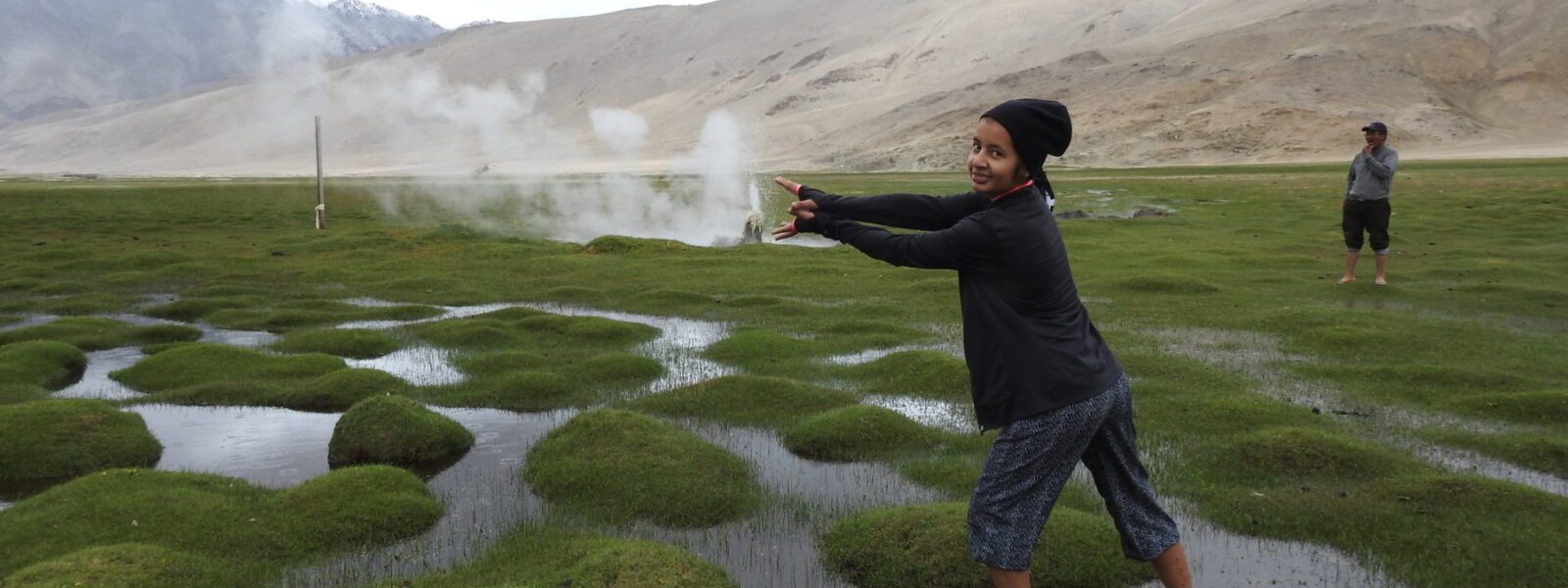Discover Ladakh Hot Springs: A Natural Himalayan Escape
Tucked away in the stunning landscapes of the Indian Himalayas, Ladakh offers travelers a wealth of natural beauty, adventure, and cultural richness. Among its lesser-known treasures are the hidden hot springs—geothermal wonders that not only provide a rejuvenating soak but also hold therapeutic benefits for the body and mind. In this blog, we’ll take a deep dive into the best hot springs in Ladakh, offering travel tips, insights into their healing properties, and an exploration of how they can be part of a broader adventure in this rugged, mystical region.
Introduction to Ladakh’s Hot Springs: The Ultimate Offbeat Experience
Ladakh is known for its high-altitude desert landscapes, Buddhist monasteries, and awe-inspiring mountain ranges. While most visitors come for the trekking routes and scenic beauty, the region’s hot springs remain a hidden gem. These natural thermal pools, formed by geothermal activity beneath the surface, offer a unique travel experience that blends relaxation with adventure.
For those seeking an offbeat experience far from crowded tourist spots, the hidden hot springs in Ladakh are a perfect choice. Nestled in remote valleys and surrounded by breathtaking mountain vistas, these springs offer the chance to relax and recover in mineral-rich waters, all while taking in the untouched beauty of Ladakh.
The Appeal of Hot Springs in Ladakh for Travelers
The hot springs of Ladakh attract travelers not just for their therapeutic properties, but also for their location in some of the most scenic and remote areas of the Himalayas. Whether you’re on a trekking expedition or exploring the region’s cultural sites, a soak in one of Ladakh’s hot springs is the perfect way to rejuvenate after a long day.
The springs are believed to help with altitude acclimatization, making them particularly useful for travelers adjusting to Ladakh’s high altitudes. The combination of thermal water therapy and the natural serenity surrounding these springs makes them an unmissable part of the Ladakh experience.
Where to Find Ladakh’s Best Hot Springs
Ladakh is home to several hot springs, each with its own unique charm. Some are easily accessible by road, while others require a bit of adventure to reach. Below are some of the most notable hot springs you should include in your itinerary.
Chumathang Hot Springs: Ladakh’s Famous Natural Spa
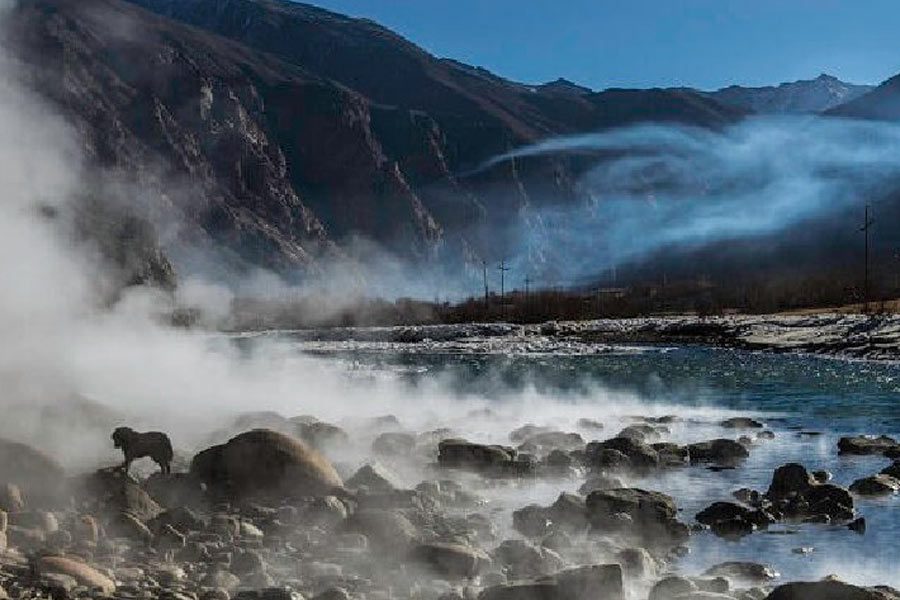
Located on the banks of the Indus River, about 140 km southeast of Leh, Chumathang Hot Springs is one of Ladakh’s more well-known geothermal spots. The hot water here is rich in minerals and flows from fissures along the riverbanks. These waters are known for their therapeutic benefits, and local villagers often bathe here to alleviate joint pain and skin ailments.
Chumathang is also home to a few basic guesthouses, making it possible for travelers to stay overnight and enjoy the springs at their leisure. Whether you’re looking for a quick stop on the way to Tso Moriri or a more immersive experience, Chumathang offers a convenient and relaxing retreat.
Puga Hot Springs: An Offbeat Himalayan Wonder
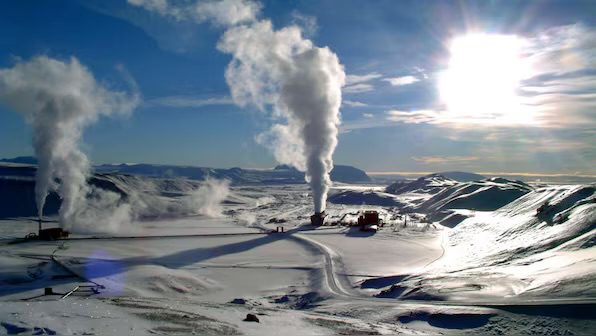
Tucked away in the Puga Valley, this set of hot springs is known for its isolated location and stunning surroundings. The Puga Hot Springs are situated in an area rich in geothermal activity, with hot water bubbling up from underground and creating small pools of mineral-laden water.
These springs are a great choice for travelers seeking a more offbeat adventure, as reaching them involves a bit of trekking. Once you arrive, the tranquil atmosphere and natural beauty of the Puga Valley make the journey well worth it. Puga is also part of a region known for its wildlife, so you might spot rare species like the Tibetan wild ass or black-necked cranes while you’re there.
Panamik Hot Springs: Healing Springs in Nubra Valley

Situated in the beautiful Nubra Valley, the Panamik Hot Springs are famous for their healing properties. This area has been a significant stop on the ancient Silk Route, and the hot springs have been revered for centuries. Today, the springs attract visitors who come to soak in the mineral-rich waters, which are said to relieve muscle aches and joint pains.
Panamik is also close to Samstanling Monastery and the famous sand dunes of Nubra Valley, making it a great destination to combine both cultural and natural experiences. The valley’s stunning landscapes and the presence of Bactrian camels add to the charm of a visit to Panamik.
Therapeutic Benefits of Ladakh’s Natural Hot Springs
Hot springs have long been valued for their therapeutic properties, and Ladakh’s geothermal pools are no exception. The natural minerals found in these waters, such as sulfur, magnesium, and calcium, offer various health benefits that make them an ideal spot for relaxation and recovery.
The Science Behind Mineral-Rich Hot Springs
Ladakh’s hot springs are formed by water that seeps deep into the earth, gets heated by the planet’s internal heat, and rises to the surface, carrying dissolved minerals with it. These minerals can provide relief from various ailments, including arthritis, muscle tension, and skin conditions.
Sulfur, in particular, is known for its anti-inflammatory and antimicrobial properties, which can help soothe irritated skin and support joint health. Magnesium and calcium contribute to muscle relaxation and bone strength, making these springs a popular choice for travelers looking to recharge after long hikes or strenuous activities.
Hot Springs for Altitude Acclimatization and Relaxation
For those traveling in Ladakh’s high-altitude regions, altitude sickness can be a real concern. One of the unexpected benefits of visiting Ladakh’s hot springs is that soaking in the warm, mineral-rich waters can help ease symptoms of altitude sickness, such as headaches and muscle cramps. The thermal properties of the water promote circulation, which can help the body adjust to the lower oxygen levels found at high altitudes.
Beyond the physical benefits, the mental relaxation offered by these natural hot water baths can’t be overstated. The peaceful setting of these springs, combined with the warmth of the water, allows visitors to unwind and fully immerse themselves in the beauty of Ladakh.
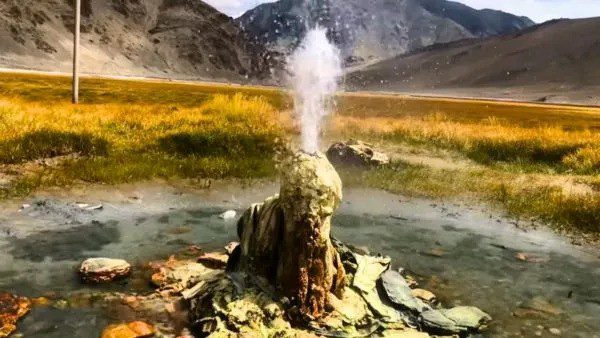
How to Reach Ladakh’s Hidden Hot Springs
Reaching the hot springs in Ladakh can be an adventure in itself. Some are accessible by road, while others require a bit of trekking.
Best Routes to Ladakh’s Famous Hot Springs
For those looking to visit Chumathang Hot Springs, the journey from Leh is relatively straightforward. The drive along the Indus River offers breathtaking views of the surrounding Himalayan mountains and can be easily combined with trips to nearby attractions like Tso Moriri Lake.
The Panamik Hot Springs are located about 140 km from Leh, and the drive takes you through the stunning Nubra Valley. This is a popular route for those also visiting the Khardung La Pass, one of the highest motorable roads in the world.
Trekking to Remote Hot Springs in Ladakh
For more adventurous travelers, trekking to Puga Hot Springs is an exciting option. The trail takes you through remote valleys and grasslands, offering glimpses of wildlife and untouched natural beauty. It’s a great way to combine your love for trekking with the soothing experience of soaking in natural hot springs.
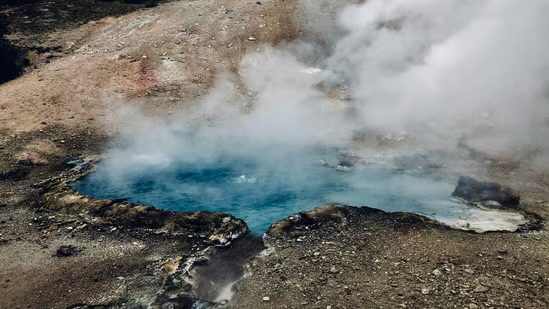
Best Time to Visit Ladakh’s Hot Springs
Timing your visit to Ladakh’s hot springs is crucial for an optimal experience.
Summer vs. Winter Visits to Ladakh’s Hot Springs
The best time to visit Ladakh’s hot springs is typically between May and September when the weather is mild and the roads are accessible. During this time, the days are warm enough to enjoy the springs, and you can explore the region without worrying about snow or freezing temperatures.
In the winter months (October to April), Ladakh becomes much colder, and while some of the springs may still be accessible, the freezing temperatures can make travel difficult. However, if you’re up for a winter adventure, the sight of snow-covered landscapes alongside steamy hot springs is a magical experience.
Weather Considerations and Altitude Precautions
Because of Ladakh’s high altitude, it’s essential to take precautions to avoid altitude sickness. Make sure to acclimatize before heading to the hot springs, especially if you plan to visit remote locations like Puga or Panamik. Stay hydrated, avoid alcohol, and give your body time to adjust to the lower oxygen levels.
Cultural and Adventure Experiences Near Ladakh’s Hot Springs
Ladakh’s hot springs aren’t just about relaxation—they’re also located near some of the region’s most important cultural and adventure destinations.
Combining Ladakh’s Hot Springs with Local Monastery Tours
Many of Ladakh’s hot springs are located close to Buddhist monasteries, making it easy to combine a relaxing soak with a cultural exploration. For example, after visiting the Panamik Hot Springs, you can take a short trip to the Samstanling Monastery, a beautiful and serene spot that offers a glimpse into the region’s religious heritage.
Trekking, Wildlife, and Hot Springs: The Perfect Ladakh Adventure
If you’re an adventure traveler, consider combining your visit to Ladakh’s hot springs with a trekking expedition. The trek to Puga Hot Springs takes you through some of the most pristine natural landscapes in the region, with opportunities to spot rare Himalayan wildlife. After a long day of trekking, nothing beats soaking in the warm, mineral-rich waters of these hidden springs.

Hot Springs Accommodation Options in Ladakh
There are various accommodation options near Ladakh’s hot springs, ranging from budget-friendly guesthouses to more luxurious retreats.
Luxury Hot Spring Resorts in Ladakh
If you’re looking for a more luxurious experience, there are several resorts near Chumathang that offer access to the hot springs, along with spa treatments and comfortable accommodations. These resorts are perfect for travelers seeking a wellness retreat in the heart of the Himalayas.
Budget-Friendly Hot Spring Guesthouses and Homestays
For those on a tighter budget, there are several guesthouses and homestays near Ladakh’s hot springs that offer affordable accommodations. These options provide a more authentic experience, allowing you to stay with local families and learn about the region’s culture while enjoying the natural hot springs.
Essential Travel Tips for Visiting Ladakh’s Hot Springs
Before heading to Ladakh’s hot springs, make sure you’re prepared with the right gear and information.
What to Pack for a Hot Spring Adventure in Ladakh
When visiting the hot springs, it’s essential to pack appropriately for Ladakh’s high-altitude climate. Make sure to bring:
- Warm clothing, especially for the evenings
- Swimwear for the hot springs
- Towels and sandals
- Sunscreen and lip balm (the sun can be intense at high altitudes)
- Reusable water bottle to stay hydrated
Health and Safety Tips for Hot Spring Travelers
While soaking in the hot springs is generally safe, it’s essential to take a few precautions:
- Don’t stay in the water for too long, especially if you’re not used to high temperatures.
- Avoid alcohol before entering the springs, as it can lead to dehydration.
- Take breaks if you start feeling lightheaded or dizzy.
- If you’re trekking to the springs, take it slow and allow your body to acclimatize to the altitude.
Conclusion: Why Ladakh’s Hidden Hot Springs Should Be on Your Travel Bucket List
Ladakh’s hidden hot springs offer a truly unique travel experience that blends natural beauty, adventure, and relaxation. Whether you’re trekking through remote valleys, exploring ancient monasteries, or simply soaking in the therapeutic waters, a visit to Ladakh’s hot springs is an unforgettable experience. So pack your bags, plan your journey, and discover the hidden treasures of Ladakh’s hot springs on your next adventure.
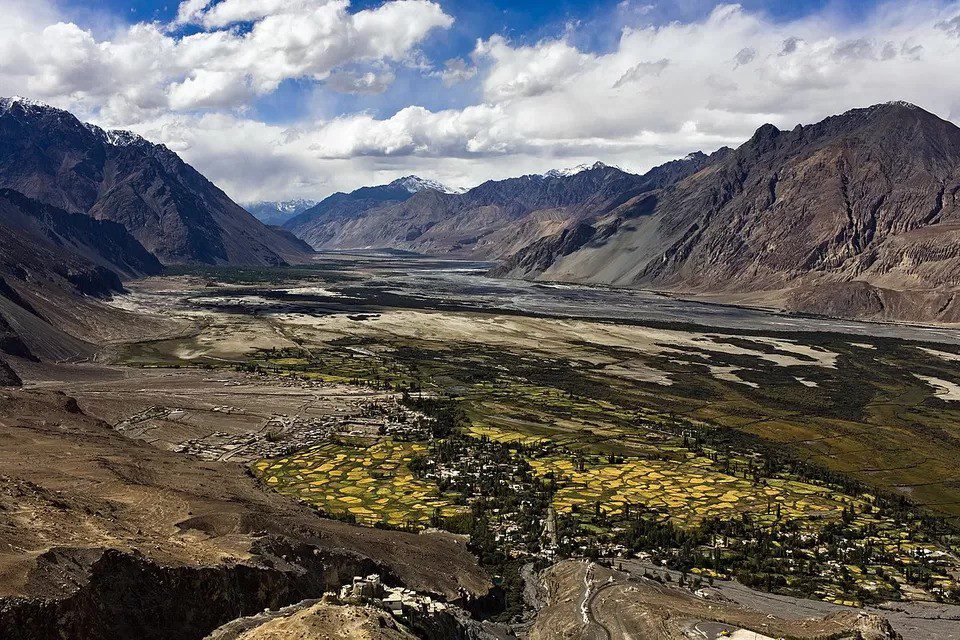
Frequently Asked Questions
1. What are the most popular hot springs in Ladakh?
The most popular hot springs in Ladakh include Chumathang Hot Springs, Panamik Hot Springs in Nubra Valley, and Puga Hot Springs in the Puga Valley. These springs are known for their healing properties and stunning locations.
2. Are the hot springs in Ladakh safe for bathing?
Yes, the hot springs in Ladakh are generally safe for bathing. However, it’s recommended to avoid staying in the water for too long, especially if you’re not accustomed to high temperatures. Always take breaks and stay hydrated.
3. When is the best time to visit the hot springs in Ladakh?
The best time to visit Ladakh’s hot springs is between May and September when the weather is milder, and the roads are accessible. However, some hot springs can also be visited in the winter for a more adventurous experience.
4. What should I pack for visiting hot springs in Ladakh?
For visiting hot springs in Ladakh, pack warm clothing for the evenings, swimwear, towels, sunscreen, and a reusable water bottle. It’s also important to bring comfortable trekking shoes if you plan to hike to remote springs.
5. Are there accommodations near Ladakh’s hot springs?
Yes, there are several accommodation options near Ladakh’s hot springs, including luxury resorts, budget-friendly guesthouses, and homestays. These offer a range of amenities depending on your budget and preferences.
6. Can the hot springs help with altitude sickness?
Soaking in Ladakh’s hot springs may help alleviate some symptoms of altitude sickness, such as muscle cramps and headaches. The thermal waters promote circulation, which can help the body adjust to the high-altitude environment.

